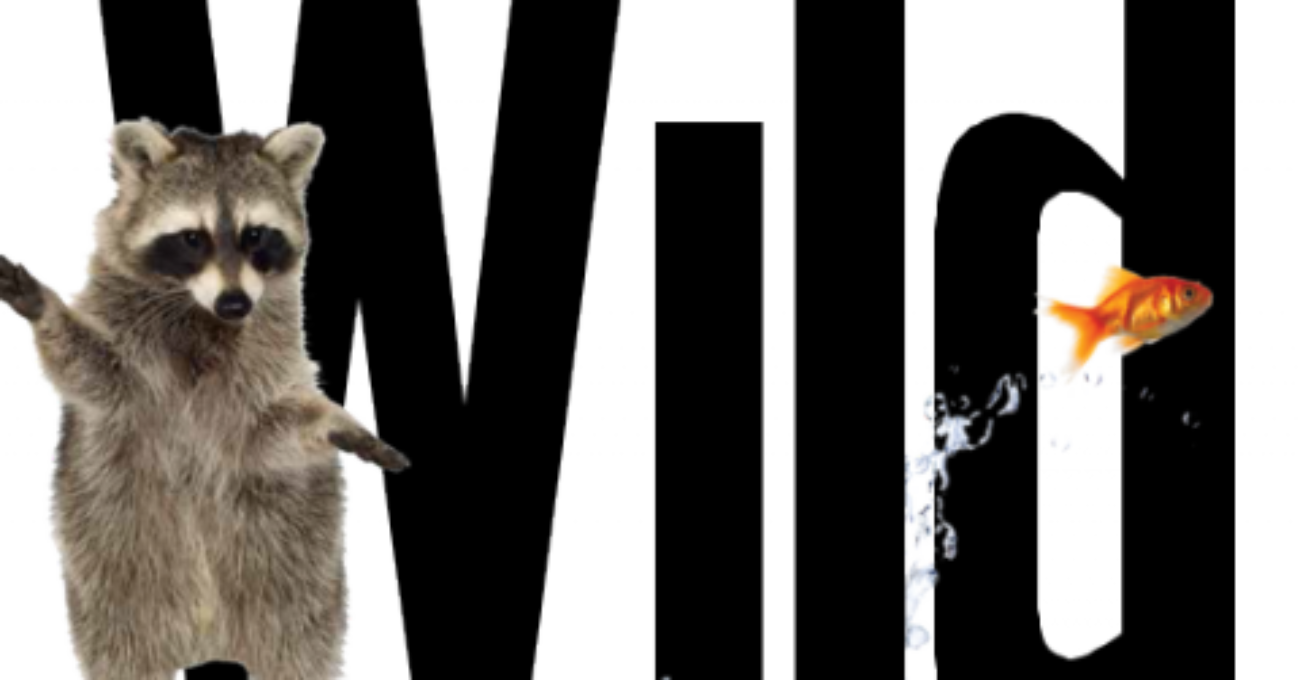Toronto the wild: Biodiversity is the city’s true strength (Commons Magazine)
Sidling through ravines and parks, creeping across gardens and lawns, swimming down rivers and scrambling up trees, a panoply of beasts makes our city denser and more diverse than any mere human census would suggest.
Researchers from many disciplines have discovered how rich Toronto’s animal community is; their work debunks the illusory divide between urban and rural living. Here in Toronto, we’re living in the wild.
Who speaks for the raccoons?
Susannah Bunce, an assistant professor of human geography at UTSC, is engaged in a multipartner research project that examines aspects of Toronto’s hidden wild nature. She works with colleagues from U of T, York University and with wildlife organizations. One goal is to unlock some of the complicated relationships between Toronto’s humans and our animal neighbours.
“Regulation tends to be the result of a discursive process between those affected by legislation and those making the laws,” she says. “But animals can’t speak for themselves.”
When the City of Toronto holds wildlife workshops and public consultations, Bunce is interested in who partici pates, and how the discussion is framed. Very often, she says, the conversation is more about how humans can use the city’s wild areas the way they want, rather than about how people and wild animals can share the space.
Susan Ruddick, professor of geography at U of T’s St. George campus and principal investigator for the project, sees the legal framework questions as part of a bigger conceptual challenge. “We’re trying to break down the idea that the urban environment and nature are somehow different or external to one another.”
“Toronto prides itself on being a ravine city,” Ruddick adds, “but in a very pristine and anthropocentric way. We walk our dogs, go for picnics. Anything that challenges human activity, like raccoons or coyotes, becomes a perceived threat.”
Toronto: one big (and silky) web-hosting service
Speaking of perceived threats, if you are reading this story in Toronto you are currently surrounded by spiders. The city is home to more than 200 spider species, ranging from ambush predators like the Sixspotted Fishing Spider to webspinners like the Bowl and Doily Weaver.
But before you reach for your smacking shoe, consider that spiders eat 12 million kilograms of insects every year in Toronto. They might seem like the creepiest of the crawlies, but they help keep the city livable.
Maydianne Andrade, a professor of biological sciences at UTSC, often finds herself speaking on behalf of our eight legged frenemies.
“One of my outreach goals is getting people to think about the sheer mass of biting insects that can be eaten by spiders,” she says. “They’re also an important source of bioprospecting—their silk could be used to produce every thing from Kevlar to artifi blood vessels.”
In speaking up for spiders, Andrade knows she has her work cut out for her. “I think people care about bees because of all the horrific tales of colony collapse disorder. Fewer people have that response to spiders.”
Still, she hopes Torontonians who create beefriendly gardens may also be willing to make spiders welcome. Spiders, who disperse by creating silk parachutes to carry them aloft on the breeze, benefit from green spaces and green roofs—and from not being squashed in a frenzy of terror and revulsion.
Beware of goldfish
Not every wild animal in Toronto just wafts or wanders into town.
“Goldfish are present in nearly every urban environ ment on the planet,” says fish speciation expert Nathan Lovejoy. “People grow them in tanks and then just release them down the drain or in ponds. We’re actually wondering if some species will be invasive.”
Goldfish breed easily in the wild, and adapt quickly to their surroundings, rapidly changing colour and size. The jury is still out on whether their adaptations will lead to peaceful coexistence with other fish, or if they’ll start forcing native species out.
Lovejoy, an associate professor of ecology and evolu tionary biology at UTSC, has interests that go beyond defending ecosystems against the possible menace of goldfish. He researches how “geographic distribution relates to the genesis of biological diversity.”
When organisms move into a new area—or when an area is transformed by, say, a city being built on top of it—natural selection can start to favour different qualities. Generation by generation, the organisms within a population can trend toward different colour, size, feeding habits, mating habits and other defining charac teristics. Lovejoy tracks species via DNA barcoding, which uses short sections of genetic material as unique identifiers. Over time, this can help identify species that have evolved or invaded.
Like his colleagues, Lovejoy observes that most Torontonians remain unattuned to the wildness of their surroundings.
“When Europeans come to Toronto and see a black squirrel, or even raccoons, they go crazy,” he says. “They see them as wildlife species. Native Torontonians walk through paths and parks and streets and see these animals all the time, and ignore them or are irritated by them.”
Unpacking our relationship with urban wildlife will get only more urgent over time, says Susannah Bunce.
“Wildlife is now being written into the fabric of the city,” she says. “For me, the driving question concerns how we rethink the increasingly blurred boundary between the urban and the wild. As urban environments spread, we have to think about ways to intermingle.”
